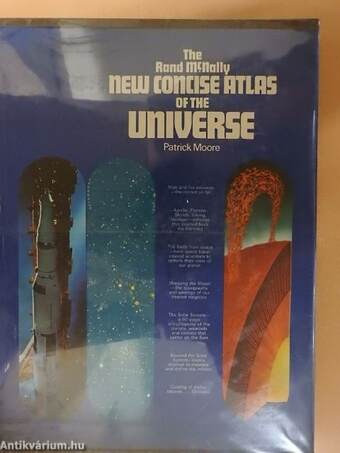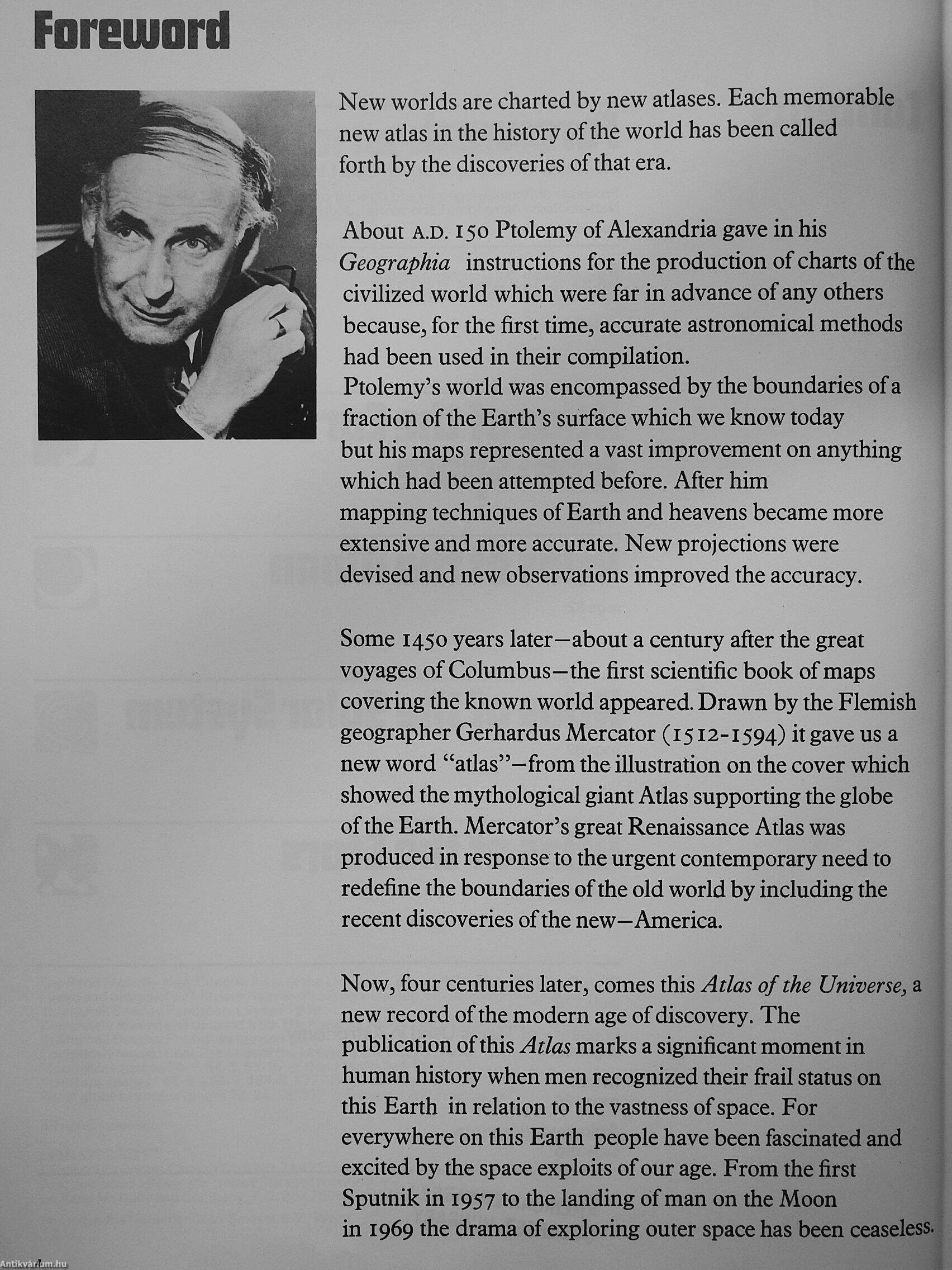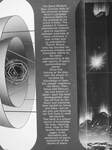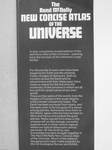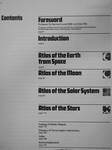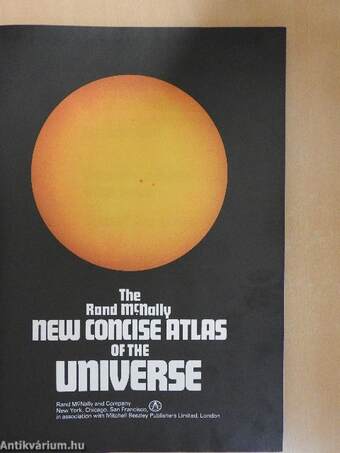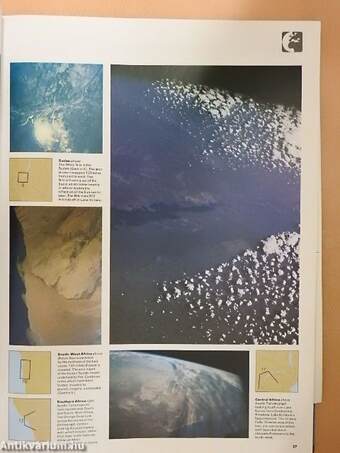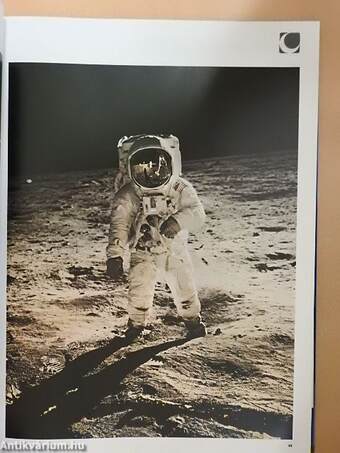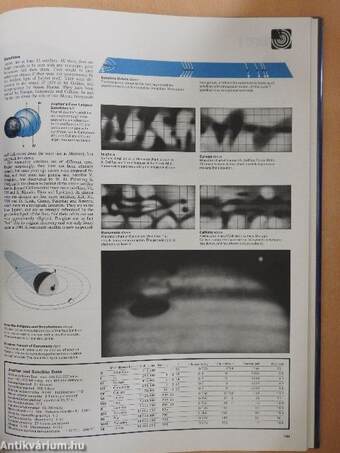1.067.081
kiadvánnyal nyújtjuk Magyarország legnagyobb antikvár könyv-kínálatát

VISSZA
A TETEJÉRE
JAVASLATOKÉszre-
vételek
The Rand McNally New Concise Atlas of the Universe
| Kiadó: | Rand McNally and Company-Mitchell Beazley Publishers Limited |
|---|---|
| Kiadás helye: | New-York-London |
| Kiadás éve: | |
| Kötés típusa: | Fűzött kemény papírkötés |
| Oldalszám: | 190 oldal |
| Sorozatcím: | |
| Kötetszám: | |
| Nyelv: | Angol |
| Méret: | 37 cm x 28 cm |
| ISBN: | 528-83031-7 |
| Megjegyzés: | Színes és fekete-fehér fotókat, illusztrációkat tartalmaz. |
naponta értesítjük a beérkező friss
kiadványokról
naponta értesítjük a beérkező friss
kiadványokról
Előszó
TovábbFülszöveg
L
The Rand McNally New Concise Atlas of the Universe is every family's complete reference library to the universe as we know it today. The product of massive international research
and co-operation between scientists of every continent, it was written and co-ordinated by Patrick Moore, who has devoted his enormous energies and formidable talents to
the better understanding of the vast regions of space surrounding our planet. Since first looking at the stars, man has striven to
increase his knowledge of them. Our nearest neighbors, the Moon, Mars, Venus and Mercury, are now known in detail—each has been photographed, man has set foot on the Moon and machines have landed on Venus
and Mars—yet we are only just receiving our first clues to what
lies beyond. This book is a unique source of knowledge for every inquiring mind. Here, in 192 lavishly illustrated pages, is the fascination and excitement of man's exploration of the depths of space.
The
Rand minallv
nEui concisE nf... Tovább
Fülszöveg
L
The Rand McNally New Concise Atlas of the Universe is every family's complete reference library to the universe as we know it today. The product of massive international research
and co-operation between scientists of every continent, it was written and co-ordinated by Patrick Moore, who has devoted his enormous energies and formidable talents to
the better understanding of the vast regions of space surrounding our planet. Since first looking at the stars, man has striven to
increase his knowledge of them. Our nearest neighbors, the Moon, Mars, Venus and Mercury, are now known in detail—each has been photographed, man has set foot on the Moon and machines have landed on Venus
and Mars—yet we are only just receiving our first clues to what
lies beyond. This book is a unique source of knowledge for every inquiring mind. Here, in 192 lavishly illustrated pages, is the fascination and excitement of man's exploration of the depths of space.
The
Rand minallv
nEui concisE nf ms
OF THE
A new, completely revised edition of the definitive/li/as of the ?y/?/Ve/-se—pushing back the frontiers of the unknown a step farther.
For thousands of years men have been mapping the Earth and the universe. Today voyages of discovery, both by travelers across the Earth and by astronomers with their telescopes, have made us realize for the first time the immensity of the universe in which we all live and the varied nature of our own world.
There are few parts of the world, from the heights of Everest to the ocean depths, which remain unexplored today. The Earth has been surveyed from space, and has been seen in its true guise of a planet among planets. Astronauts have been to the Moon, space vehicles have landed on Mars and Venus and probed the giant planets. Radio signals from deep in the universe tell us that strange, powerful systems exist in those remote regions where our optical telescopes cannot penetrate. All this thrilling new knowledge has been brought together in The Rand McNally New Concise Atlas of the Universe. Much of the material has generously been made available by the US Geological Survey and NASA. Vissza



